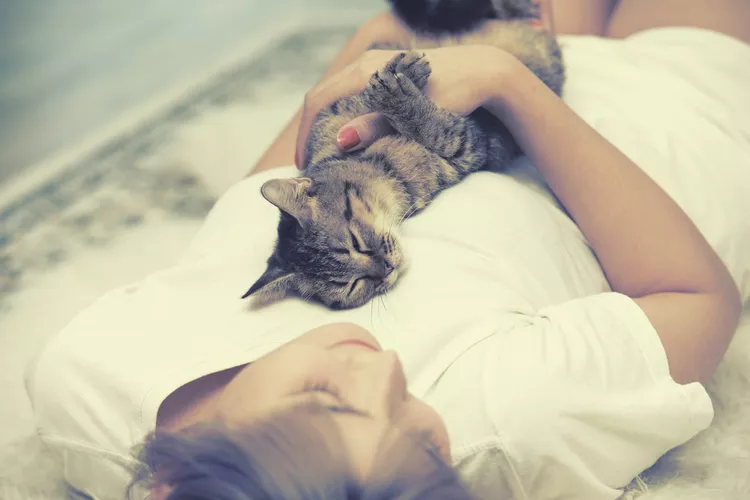
Does your can enjoy laying on your chest? You're not alone. Many cats seem drawn to lie on humans, and their chests seem to be especially appealing. Many humans love to snuggle with their cats this way. Of course, there may be times when you don't want your cat on top of you. Fortunately, there are ways to keep your cat off of you at times.
There are a few reasons why cats enjoy laying on humans (especially on their chests). In general, it comes down to the bond you share with your cat. Many humans love the feeling of having a cat on their chest. Spending this time to snuggle and bond is one way you can show your cat love.
Your cat loves you! Some people think that cats are cold and aloof, but this is often not the case. Cats love their owners and often go to them for affection and bonding. There are many ways cats show us love; one way is by snuggling with us or laying on our bodies. This is also one of the reasons why cats like to be pet.
Many cats seek out warm places to rest, and the heat from your body is quite inviting. Cats are drawn to your warm body and often enjoy a nice toasty nap on you.
The sound and feel of your heartbeat and breathing may mimic the feeling of being a kitten and staying close to mom and littermates. Fortunately, some cats give back this comfort to you in the form of purring.
People joke that some cats act like humans are their servants, but deep down they also see humans as a source of security. Your scent is familiar and soothing to your cat. Lying on your chest is one way for your cat to feel comfortable and safe.
Cats can be territorial, and their owners may feel a bit like possessions or valuable resources. Your cat may lie on your chest as a way of saying "you are mine." Your cat's scent remains on you for other animals to detect. You are seen as important, and your cat may be staking his claim on you for the other pets to see.
This may happen more in multi-pet households when animals are competing for your attention. It is not necessarily a problem unless it causes stress or aggression in one or more of your pets. If so, you may need to temporarily declare your chest a pet-free zone and work to provide equal attention to all your pets.
In general, there is no harm in allowing your cat to lay on your chest. However, some people find it unpleasant, especially if the cat stays there for a long time. Having a cat on your chest can be soothing and wonderful, but it also can be uncomfortable, especially if you are trying to sleep. A cat on your chest may restrict your breathing, especially if you have a large cat. A startled cat may accidentally claw you or your clothing. A cat on you in bed may reduce the quality of your sleep and cause you to wake up frequently throughout the night. If you have allergies, your cat's hair and dander may be irritating.
You may be able to reduce the amount of time your cat spends on you by providing a pleasant alternative. You may even be able to prevent your cat from lying on your chest completely if that's something you really want. Start by getting a plush, roomy cat bed; a heated bed is best. Place a worn item of clothing in the cat bed so your scent will be there. When your cat gets on your chest at an undesired time, gently move the cat to the bed. Offer pets and praise while your cat is in the bed. It may take some time to get this to work. In addition, you may find that your cat prefers an old box or laundry hamper over the new bed because that's just what cats do!
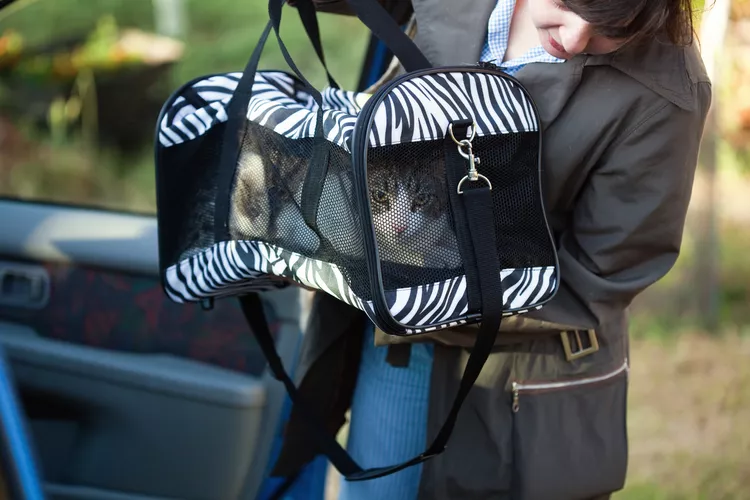
How to Take a Car Trip With Your Cat
Think you can't travel with your cat? Think again! Traveling with your cat just takes a little preparation and planning. Here's how.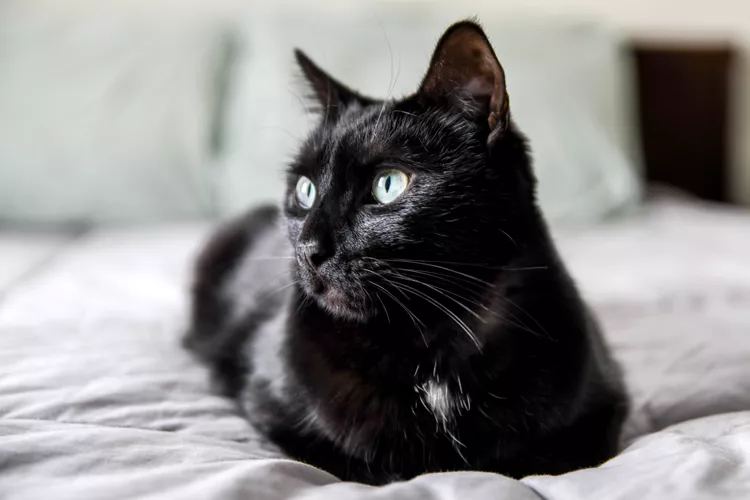
How to Determine Your Cat's Age
Determining the age of an adopted cat is just guesswork, but a vet can look at teeth, sexual maturity, fur coat, and eyes to estimate.
Cat Food Ingredients to Avoid
When checking the nutrition content of cat food, look for ingredients that are not healthy or show it is of poor quality. Avoid these 3 ingredients.
What You Need to Know About Homemade Cat Food
If you want to cook for your cat, make sure to read about the risks associated with homemade diets for cats
Can Dogs Eat Raw Chicken Feet?
What are the potential health benefits of chicken feet for dogs? What are the risks?
Macadamia Nuts and other Nuts That Are Toxic to Dogs
Find out why macadamia and other nuts are poisonous to dogs, what signs to look for, and what is needed to treat the toxicity.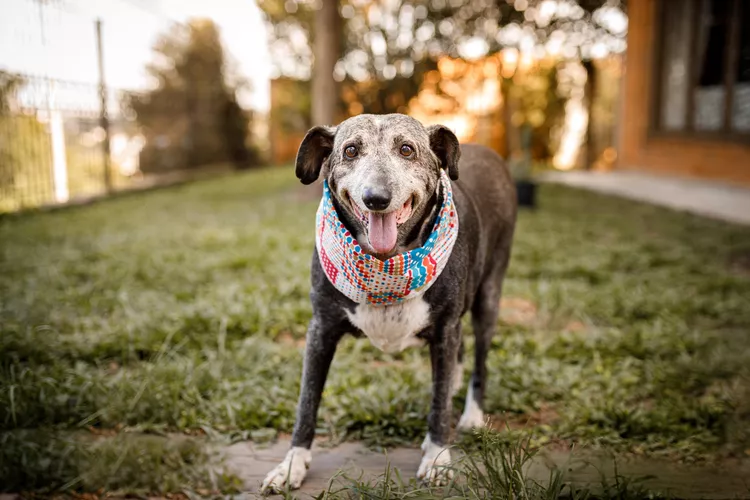
10 Tips for Taking Care of a Senior Dog
Is your dog a senior? Changes to their diet, exercise, and care are required. Here's how to make sure they're living their best and healthiest life.
Hookworms in Dogs
Hookworms can make a dog uncomfortable but may also lead to serious blood loss and anemia. Learn the causes, treatment, and prevention.
Is Swiffer WetJet Safe to Use Around My Pet?
ASPCA toxicologists deemed Swiffer WetJet to be safe for use around pets, but there are other all-natural floor cleaning options available.
Can Dogs Eat Bread?
Is bread a safe snack for you dog? Are there kinds of bread you should avoid? Learn more about whether it's okay to feed your dog bread.
14 Hypoallergenic Cat Breeds for People With Allergies
There are no true hypoallergenic cat breeds. But some, such as the Siamese and Siberian, might be less likely to cause allergies than others.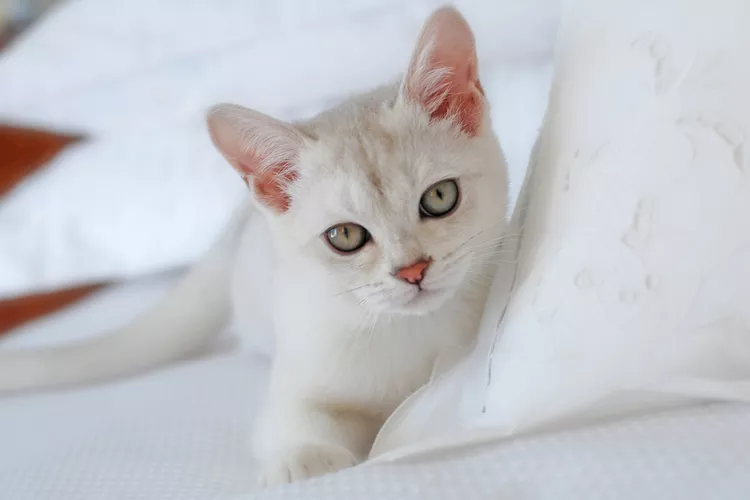
Burmilla: Cat Breed Profile, Characteristics & Care
The playful and social burmilla is one of the newest cat breeds to be officially recognized by the CFA. Learn about burmilla breed.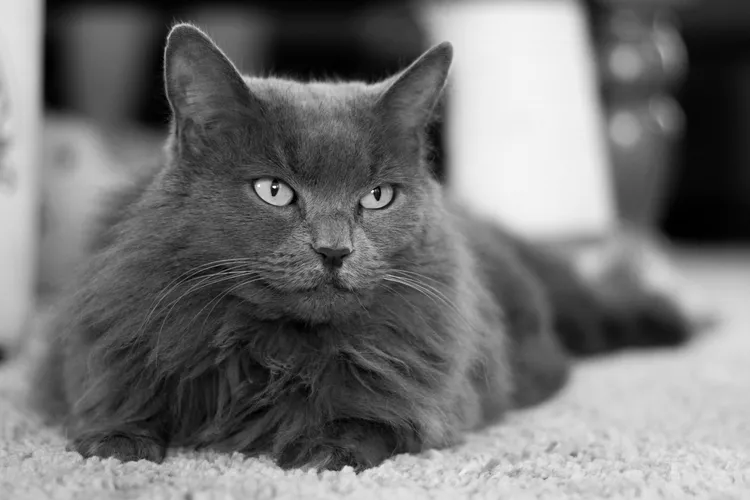
Nebelung: Cat Breed Profile, Characteristics & Care
The Nebelung is a rare breed of domestic cat that’s known for their long gray-blue fur and gorgeous green eyes. Learn about the Nebelung cat breed.
Cymric: Cat Breed Profile, Characteristics & Care
The Cymric, a long-haired Manx, is one of the world's oldest cat breeds. This tailless cat is friendly and playful. Learn about the Cymric breed.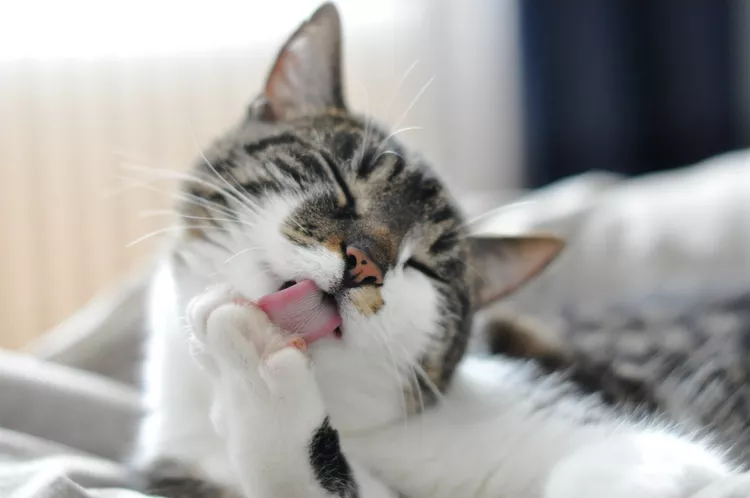
Here's Why Cats Groom Themselves
Learn all about cats' grooming habits: how and why cats groom, including mutual grooming, over-grooming, and displacement grooming!
Pharaoh Hound: Dog Breed Characteristics & Care
Learn all about the Pharaoh hound, a sight hound dog breed known for their slim appearance and the ability to blush when excited.
How to Walk Your Dog
Dog walks should be fun for your dog while respecting your community. Learn why walking your dog is important and get essential safety and training tips.
How to Stop Your Dog From Whining
Whining is a natural way for your dog to communicate with you. Explore the reasons dogs whine and how to discourage your dog from whining too much.
How to Stop Your Dog From Barking Excessively
All dogs bark, but excessive barking is a behavior problem. Learn how to help stop excessive barking and prevent it from happening all the time.
How to Train Your Dog to Live With Another Dog
When you add a second dog to your household, it's natural that there will be an adjustment period. Learn how to get two dogs to become acquainted.